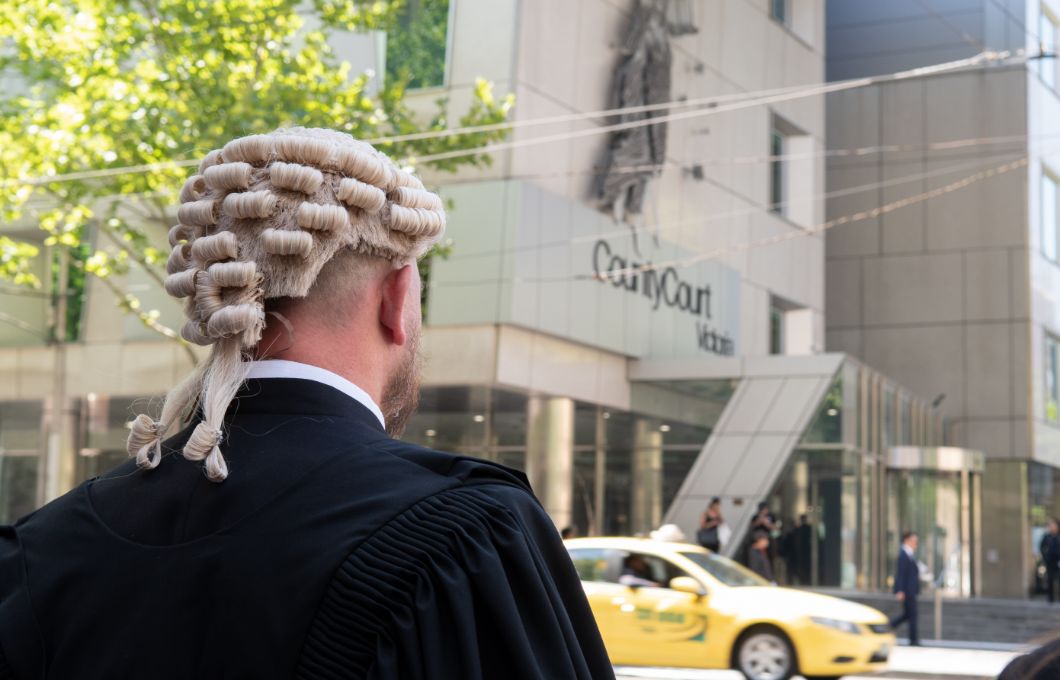
Sections 322K(1) and (2) of the Crimes Act 1958 states:
- A person is not guilty of an offence if the person carries out the conduct constituting the offence in self-defence.
- A person carried out self-defence if:
- The person believes that the conduct is necessary in self-defence; and
- The conduct is a reasonable response in the circumstances as the person perceives them.
Once self-defence is raised by Defence, it is then up to the Prosecution to prove that the accused was not acting in self-defence.
The belief in necessity – the first element of self-defence
The first limb of the defence of self-defence is to establish that the individual who carried out self-defence believed that their conduct was necessary.
The case of Zecevic v Director of Public Prosecutions (1987) indicates that this is a subjective test, and that it does not involve a consideration of what a reasonable person would have believed in the circumstances. In other words, this limb is based purely on how the accused perceived the situation.
In the case of R v McKay [1957], it was held that it does not matter if the accused’s belief was mistaken, as long as it was genuinely held.
Often, the Prosecution will raise that the accused acted disproportionately and used more force than was necessary. The case of R v Palmer [1971] established that consideration should be given to the fact that a person who has reacted instantly to perceived danger cannot be expected to know exactly how much force is required to defend themselves. Almost always, the decision-making is on the spot and immediate, making it very difficult to gauge how to respond.
The issue of whether the actions of the Accused were proportionate was also considered in the case of R v Said [2009] VSCA 244. Again, consideration was given to the nature of decision making in these matters.
Of course, every case has a different set of circumstances, and each case must be considered on its on set of unique facts.
Reasonable response – the second element of self-defence
The second limb of the defence of self-defence is to establish that the accused responded reasonably in the circumstances as they perceived them.
Unlike the first limb, this is an objective test. It must be shown that there was a reasonable possibility that the accused’s conduct was a reasonable response in the circumstances as they perceived them (Presidential Security Services of Australia Pty Ltd v Brilley (2008) 73 NSWLR 241; R v Katarzynski [2002] NSWSC 613; R v Trevenna [2004] NSWCCA 43; Oblach v R (2005) 65 NSWLR 75; Crawford v R [2008] NSWCCA 166).
Once again, the proportionality of the accused’s response to the perceived danger is taken into consideration for this limb. If it is proven that the accused’s actions were disproportionate and unreasonable, this limb will fail.

-
Michael0491 626 283
-
Nicholas0493 141 014
-
Email Address[email protected]
-
Address
Nardi Lawyers Pty Ltd
Suite 22 Level 1/797 Plenty Rd,
South Morang VIC 3752, Australia -
Address
456 Lonsdale Street, Melbourne, Victoria, 3000










